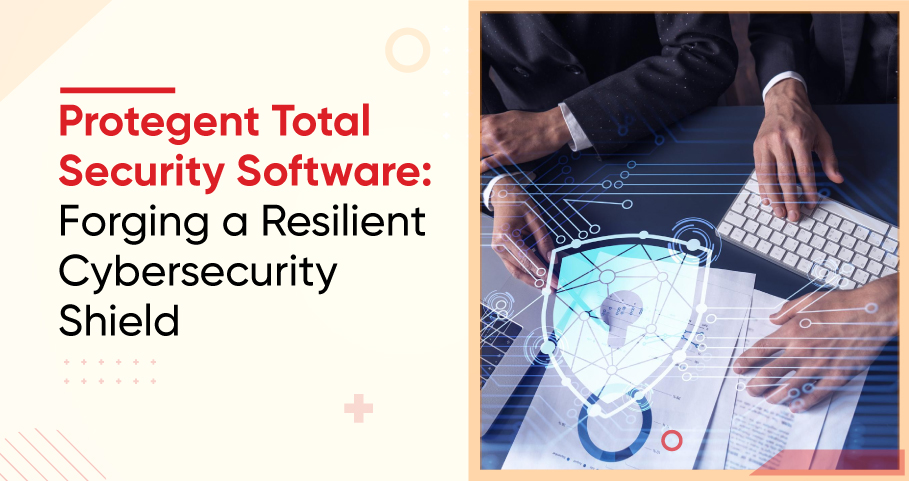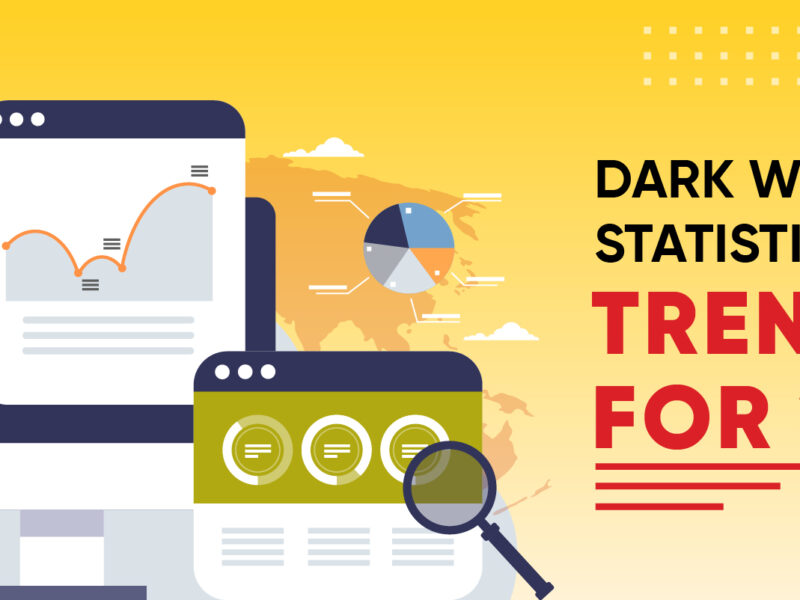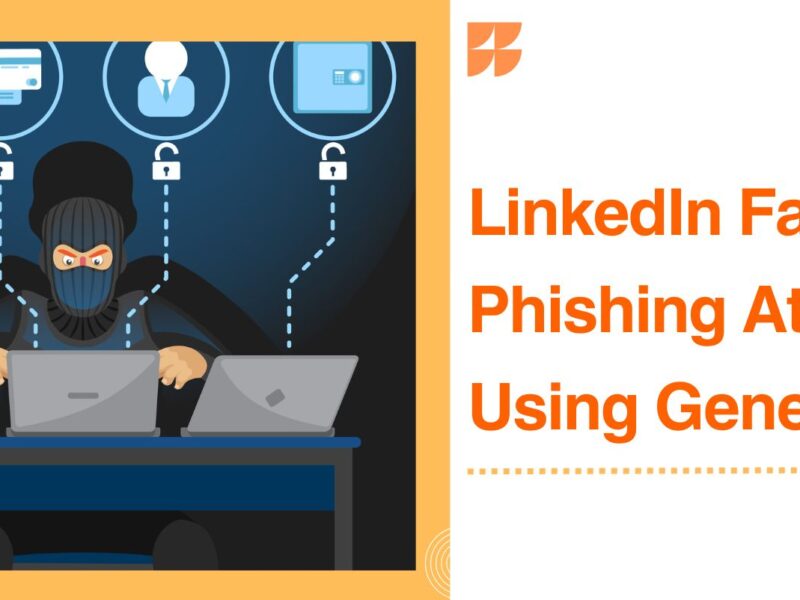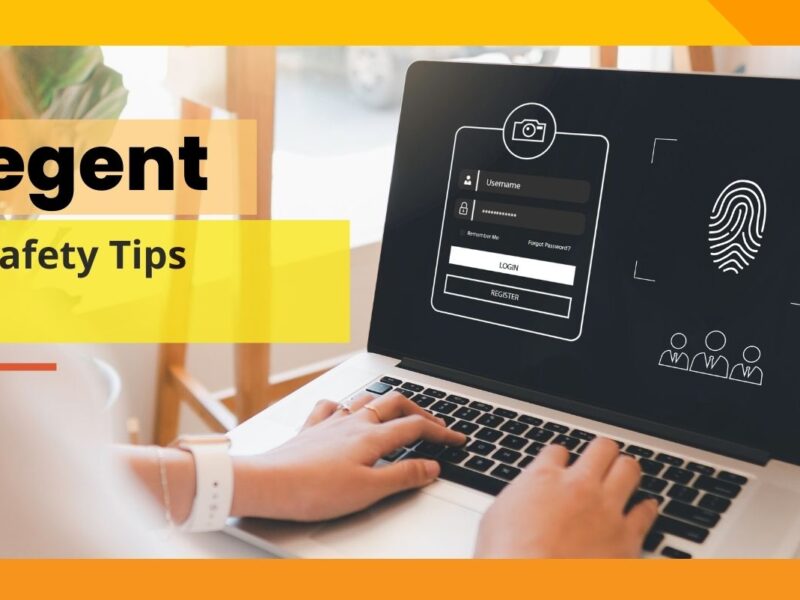
Why is User Education Important in Preventing Cybersecurity Threats?
Creating a secure infrastructure for information is no longer enough. Organizations must also address the human aspects of cybersecurity by building knowledgeable and proactive staff.
While technology is vital to cybersecurity, the human component is equally important. To obtain access to sensitive information, cybercriminals frequently use human vulnerabilities such as a lack of knowledge and education. Phishing assaults, for example, rely on people’s confidence and lack of skepticism to fool them into disclosing critical information.
Furthermore, weak passwords and a lack of two-factor authentication might give thieves easy access to critical data. Organizations must frequently pay more attention to the human component of cybersecurity rather than focusing entirely on technological solutions. However, given today’s danger scenario, more than this strategy is required.
Cybersecurity threats are more complex and widespread than ever before. While advanced total security software plays a crucial role in safeguarding our digital assets, it is essential to recognize the significance of the human factor in preventing cyber threats. User education stands as a powerful ally in the battle against cybercrime, working hand in hand with total security software to create a robust defense mechanism.
As per Verizon’s recent survey, 30% of phishing assaults are opened by their intended recipients, providing hackers access to an organization’s network.
The Evolving Cyber Threat Landscape
The landscape of cyber threats is ever-evolving, with malicious actors constantly devising new ways to breach digital defenses. From phishing attacks and ransomware to social engineering tactics, cybercriminals exploit vulnerabilities that often stem from human actions. Total security provides a necessary layer of protection, but without user education, these defenses can fall short.
User Education: A Vital Component
User education involves imparting knowledge and awareness about cybersecurity best practices, potential threats, and how to identify and respond to them. Users become the first line of defense by understanding the risks associated with downloading attachments from unknown sources, sharing sensitive information, or falling for social engineering tactics. The software can only perform optimally when users are equipped with the knowledge to make informed decisions. For organizations to reduce the likelihood of cyberattacks, cybersecurity education, and awareness training should be prioritized.
Recognizing Phishing Attempts
Phishing remains one of the most prevalent cyber threats, relying on users’ lack of awareness to succeed.
Phishing attacks are a serious cyber danger since they may result in financial losses, reputational harm, and legal ramifications. Cybercriminals can steal money, commit identity theft, and commit other types of cybercrime using information obtained via phishing attempts. Furthermore, phishing assaults can lead to malware infections, which can lead to system failures and data breaches.
By educating users about the telltale signs of phishing attempts – such as suspicious URLs, misspelled emails, and unsolicited requests for personal information – security software can work in tandem with vigilant users to thwart potential attacks. When users are empowered to identify phishing attempts, the effectiveness of security software is significantly amplified.
Phishing Email Warning Signs
Phishing emails frequently feature multiple telling indications that can be used to identify them. Among these indicators are:
- Mysterious sender: The sender’s email address may be identical to that of a valid sender but with minor differences, such as a misspelled domain name.
- Phishing emails: They frequently use urgent or frightening language intended to generate a sense of urgency and terror.
- Odd links: Phishing emails frequently contain links that take recipients to bogus login pages or dangerous websites.
- Incorrect grammar and spelling: Phishing emails frequently contain errors in grammar and spelling.
- Unexpected requests: Phishing emails may ask for sensitive information or unexpected behaviors, such as clicking on a link or downloading a file.
Best Practices for Verifying Email Authenticity
Individuals can verify the validity of an email by taking the following steps:
- Examine the sender’s email address: Check that the sender’s email address is authentic and not a forgery.
- Hover over links: Hover over links in emails to see the URL and check they are valid.
- Don’t share critical information: Never respond to an unsolicited email with critical information.
- Use two-factor authentication: To prevent unwanted access, enable two-factor authentication on all accounts.
- Report suspicious emails: Inform your organization’s IT department or the appropriate authorities about strange emails.
Social Engineering Defense
Social engineering attacks prey on human psychology and emotions to manipulate individuals into divulging sensitive information or granting unauthorized access. Total security software may block certain malicious activities, but it is the user’s ability to recognize and respond to social engineering attempts that truly fortify the defense. User education empowers individuals to question requests for confidential data, ensuring that total security software can focus on eliminating technical vulnerabilities.
Securing Personal Devices
The rise of remote work and the use of personal devices for professional tasks has opened new avenues for cyber threats. The software can secure devices against malware and viruses, but user education plays a pivotal role in maintaining the security of personal devices. By encouraging the use of strong passwords, regular software updates, and secure Wi-Fi connections, users become active participants in their own digital protection.
Building a Culture of Cybersecurity
User education is not a one-time effort; it is an ongoing process that cultivates a culture of cybersecurity awareness. When individuals understand the impact of their actions on organizational security, they become more committed to following best practices and staying vigilant against potential threats. A culture of cybersecurity strengthens the effectiveness of total security by minimizing the risks associated with human errors.
Protegent Total Security Software: A Powerful Partner
While user education empowers individuals to become proactive defenders against cyber threats, security software complements these efforts by providing a comprehensive shield against a wide range of attacks. The Total Security Software by Protegent encompasses features such as real-time threat detection, firewall protection, and data encryption – all of which safeguard sensitive information and digital assets.
- Ransomware Protection: Keep your personal data safe online from hackers who access, alter, or lock it.
- Parental Control: Enable safe browsing for your children by blocking access to unsuitable websites/apps.
- Cloud Protection Security: Protect and secure your information and documents from ransomware, malware, and theft.
- Advanced Firewall: Antivirus, malware, and deadly software protection.
- Proactive Data Recovery: The program controls user access and bans access to hazardous websites. It also has security measures to protect against identity theft.
- Web Control: More protection than other products on the market.
- 30% Extra Features: More protection as compared to other products available globally.
- Safe Transaction: Internet banking, internet shopping, and online transactions are all safe and secure.
Conclusion
As per Verizon’s recent survey, 30% of phishing assaults are opened by their intended recipients, allowing hackers to gain access to an organization’s network.
In the battle against cyber threats, the human factor and total security software are two sides of the same coin. Buy Protegent Total Security Software that serves as a critical defense mechanism, user education empowers individuals to make informed decisions and recognize potential threats. By fostering a culture of cybersecurity awareness, organizations can harness the synergy between user education and security software, creating a formidable barrier against the ever-evolving landscape of cybercrime. Together, these elements stand as the cornerstone of a holistic cybersecurity strategy that ensures a safer digital future for individuals and organizations alike.




